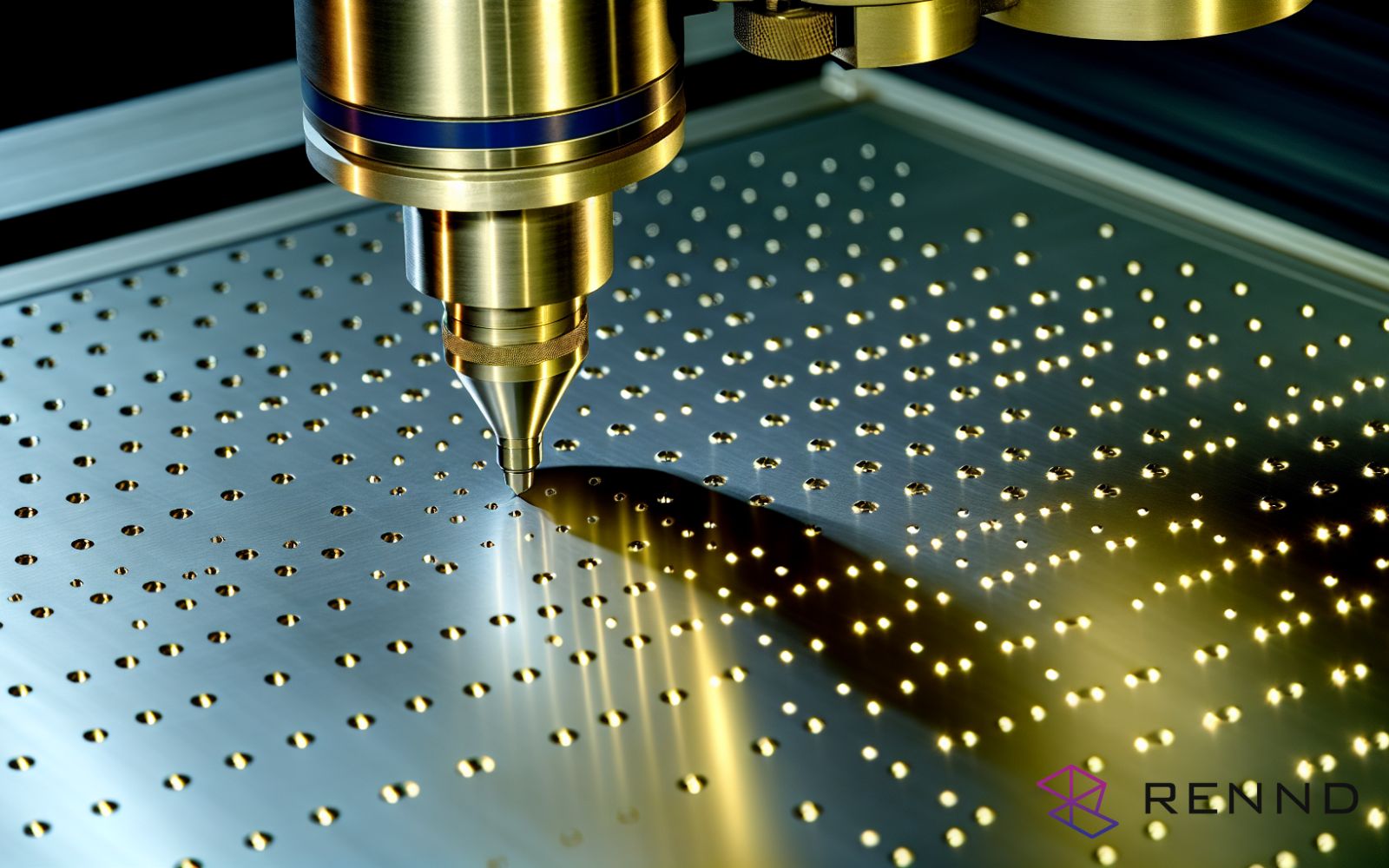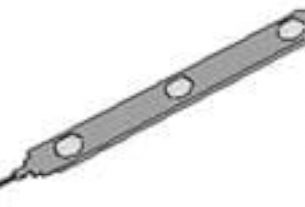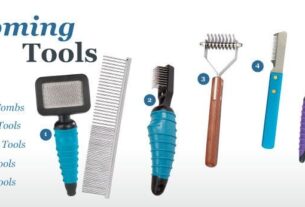If you’re a metalworker, mechanic, or DIY enthusiast, you’ve likely heard of peening tools. These essential metalworking aids are used to shape and strengthen metals, but they’re often misunderstood and underutilized. In this comprehensive guide, we’ll explore everything you need to know about peening tools, from their history and design to their uses and benefits.
What is a Peening Tool?
A peening tool is a handheld device used in metalworking to shape and strengthen metals by striking them with small, rounded hammers. Peening tools come in various shapes and sizes, but they all share the same basic design: a handle with one or more heads that are used for striking.
Peening tools have been used for centuries in various forms, with the earliest examples dating back to ancient Egypt. Today, they are widely used in industries such as aviation, automotive manufacturing, construction, and shipbuilding.
The Benefits of Using a Peening Tool
There are many benefits to using a peening tool in your metalworking projects. Here are just a few:
1. Increased Strength: By striking the surface of a metal part with a peening tool, you can create compressive stresses that increase its strength and resistance to fatigue.
2. Improved Surface Finish: Peening can also be used to improve the surface finish of a metal part by smoothing out rough spots and creating a uniform texture.
3. Enhanced Corrosion Resistance: Peening can help to enhance the corrosion resistance of certain metals by inducing compressive stresses that prevent cracks from forming on the surface.
4. Reduced Friction: By smoothing out surfaces and reducing roughness, peening can also reduce friction between moving parts, leading to improved performance and longevity.
Types of Peening Tools
There are several types of peening tools available on the market, each with its own unique design and applications. Here are some of the most common types:
1. Ball Peen Hammer: The ball peen hammer is the most common type of peening tool, featuring a rounded head on one end and a flat face on the other. It’s used for shaping and strengthening metals by striking them with the rounded end.
2. Chisel Peen Hammer: The chisel peen hammer has a chisel-shaped head that’s used for creating sharp edges or corners on metal parts. It’s often used in conjunction with a ball peen hammer to create specific shapes.
3. Rivet Gun: A rivet gun is a specialized peening tool that’s used to install rivets in metal parts. It features a small, pointed head that’s used to form the rivet by striking it repeatedly.
4. Flap Wheel: A flap wheel is a type of peening tool that’s used to remove rust, paint, and other surface contaminants from metal parts. It features multiple flaps made of abrasive material that rotate at high speeds to clean and polish surfaces.
How to Use a Peening Tool
Using a peening tool requires some skill and practice, but it’s not difficult to learn. Here are some general tips to help you get started:
1. Choose the Right Tool: Select a peening tool that’s appropriate for your specific task, taking into account factors such as the metal type, thickness, and desired finish.
2. Prepare the Surface: Before using a peening tool, make sure the surface of the metal part is clean and free of debris or contaminants.
3. Hold the Tool Properly: Grip the handle of the peening tool firmly but not too tightly, positioning your hand near the top of the handle for maximum control.
4. Strike with Precision: Use short, controlled strokes when striking the metal part with the peening tool, aiming for the desired shape and finish.
5. Practice Consistently: Like any skill, using a peening tool requires consistent practice to master. Start with small projects and work your way up to more complex tasks as you gain experience.
Conclusion
Peening tools are an essential aid in metalworking, providing many benefits such as increased strength, improved surface finish, enhanced corrosion resistance, and reduced friction. By understanding the different types of peening tools available and how to use them properly, you can take your metalworking skills to the next level.
Wiki Reference: https://en.wikipedia.org/wiki/Peening




